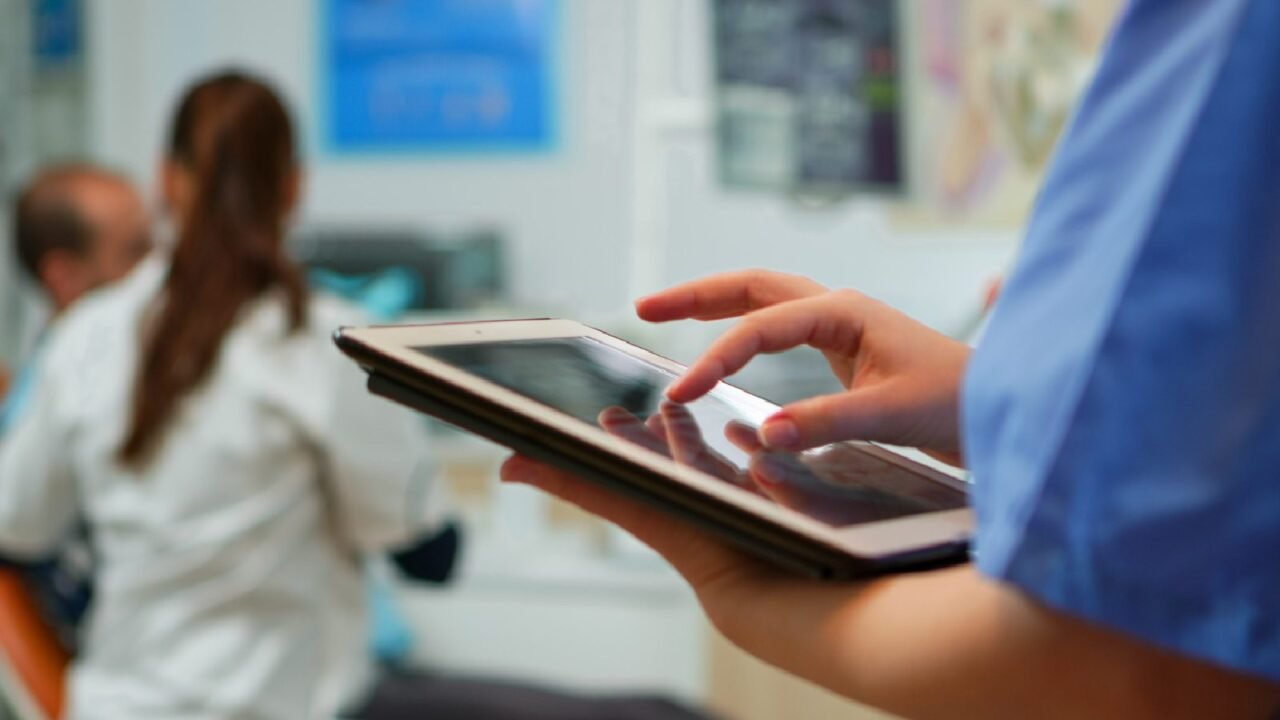Table of Contents
Highlights
- India’s digital health ecosystem is rapidly expanding, linking everything into the palm of an ordinary citizen.
- Smartphone platforms are moving toward on-device processing and privacy-friendly designs to safeguard sensitive information.
- Success will depend on matters such as security practices, transparent tools, and a sustained relationship between policymakers, developers, and users.
Smartphones are quietly becoming the place where much of our health, from step counts to lab reports, prescriptions, and teleconsultations, is stored and shared. In India, that shift is moving fast.
A government program that issues a unique health ID for citizens is connecting hospitals, labs, and apps; new national privacy laws are shaping how companies may use personal data; and smartphone makers are building features that try to keep sensitive processing on the device itself. Together, these changes promise easier, more personalized care – but they also raise fresh questions about security, control, and trust.
The rules and the national plumbing: what the government is building
The Indian government has created a national digital health architecture that makes medical records portable and usable when people want them to be. Under the Ayushman Bharat Digital Mission (ABDM), an Ayushman Bharat Health Account acts as a personal health identifier; citizens can link medical records to that identifier and grant or revoke access when they choose.

The scale of the effort is already large: tens of crores of ABHAs have been issued, and millions of medical records are already linked into the system, showing how quickly paper-based records are being digitized and connected. At the same time, India’s Digital Personal Data Protection Act (DPDP Act)-enacted in 2023—provides the legal framework governing how digital personal data must be handled, with an emphasis on consent, lawful processing, and some restrictions on how data can be moved across borders.
The combination of a technical interoperability framework and a legal data protection framework is shaping how health apps and services will operate in India going forward.
Phones and platforms: on-device processing versus cloud services
How a phone processes health information matters. Smartphone platforms and app developers make different choices about whether to analyze sensitive signals locally on the device or send them to cloud servers for heavyweight AI models. Apple has publicly emphasized “on-device” processing as a privacy-first approach, where many computations are performed on the phone so that less raw data needs to leave the device.
This reduces the number of places a health record might be exposed. Google and Android have also created platform-level tools—for example, Health Connect—that let fitness and health apps share data with explicit user permission while offering a central place to manage those permissions.
In practice, many services use a hybrid approach: small, private inferences happen locally, while larger analyses or AI-driven features may run in the cloud. Those technical choices change the risk profile for users and the compliance work developers must do under India’s data rules.

Privacy-friendly design and real-world innovations
Because health data is especially sensitive, engineers and startups are experimenting with ways to provide useful services without exposing raw medical records. Consent dashboards that let people see – in plain language – which apps and providers have access to which parts of their record are becoming more common, and the national health architecture includes components intended to support such consent management.
Startups and device makers are also working to keep analytics local: for example, sleep or activity analysis, basic risk scoring, or medication reminders are increasingly handled on the phone or watch, with only aggregated or anonymized signals shared externally.
Some companies pair local inference with privacy-preserving techniques such as federated learning or differential-privacy-inspired aggregation so that product teams can improve models without collecting identifiable health histories on central servers. In India, a number of health-tech firms are also using AI to digitize large volumes of paper records and link them to ABHA IDs, demonstrating both the promise and scale of what is being attempted.
Where the risks still live: security, business incentives, and trust
Even with legal guardrails and better engineering practices, dangers remain. Mobile health apps have a long history of implementation mistakes—from insecure communications to excessive permissions—and researchers continue to find flaws when they probe app behavior and back-end integrations.

A platform’s permission screen or a national gateway that mediates records can only do so much if individual apps or third-party services mishandle data. Business models also matter: firms that rely on analytics to monetize services must find ways to do that without compromising user privacy, and the DPDP Act makes certain high-risk or non-consensual uses of personal data harder to justify.
Finally, people’s willingness to use digital health tools will depend on simple, visible signals of safety: clear consent receipts, easy ways to remove access, transparent audit logs, and rapid, independent audits when things go wrong. Without those, even well-intentioned systems risk becoming a source of anxiety rather than convenience.
What the average user and maker should take away
For everyday users, the practical steps are simple: prefer apps that explain what data they collect and why; make use of phone settings and any national consent dashboards to control sharing; and favor services that document whether they process sensitive signals on the device or send them to the cloud.

Equally concretely, for developers and innovators, the advice would be to build privacy into the product right from day one, log and show consent decisions clearly, and adopt technical patterns-local inference, encrypted storage, and provable anonymization-that reduce risk while keeping the product useful. And policymakers and regulators should continue funding independent security audits, publish open reference implementations embedding privacy-by-design, and make the consent tools accessible and usable for non-tech-savvy people. Together, those steps make it more likely that India’s large-scale digital health effort will be both useful and respectful of individuals’ rights.
A better, healthier future
This puts India at an unusual junction: a national health ID and an expanding digital health infrastructure on one hand, and new data-protection rules and platform-level privacy tools on the other.
If engineers continue to enhance on-device capabilities, if businesses align their incentives with privacy-preserving designs, and if regulators insist on independent audits and transparent consent mechanisms, smartphones can become safer, more empowering health companions for millions.
The path is not automatic; it would need sustained attention to security, clearer user-facing controls, and policy choices that reward privacy-first innovation. However, the building blocks are now being put in place to make personal health data both useful and protected.